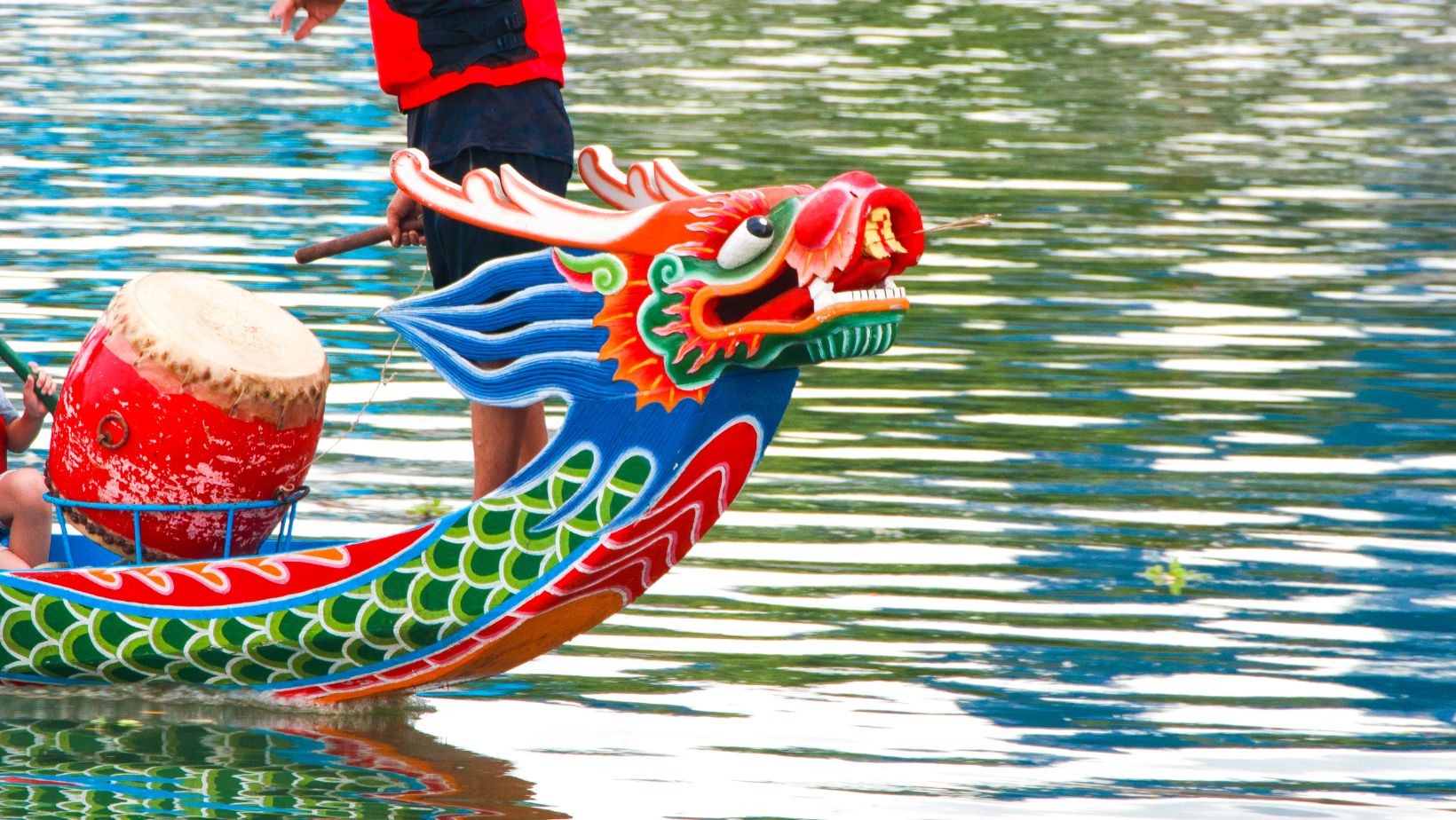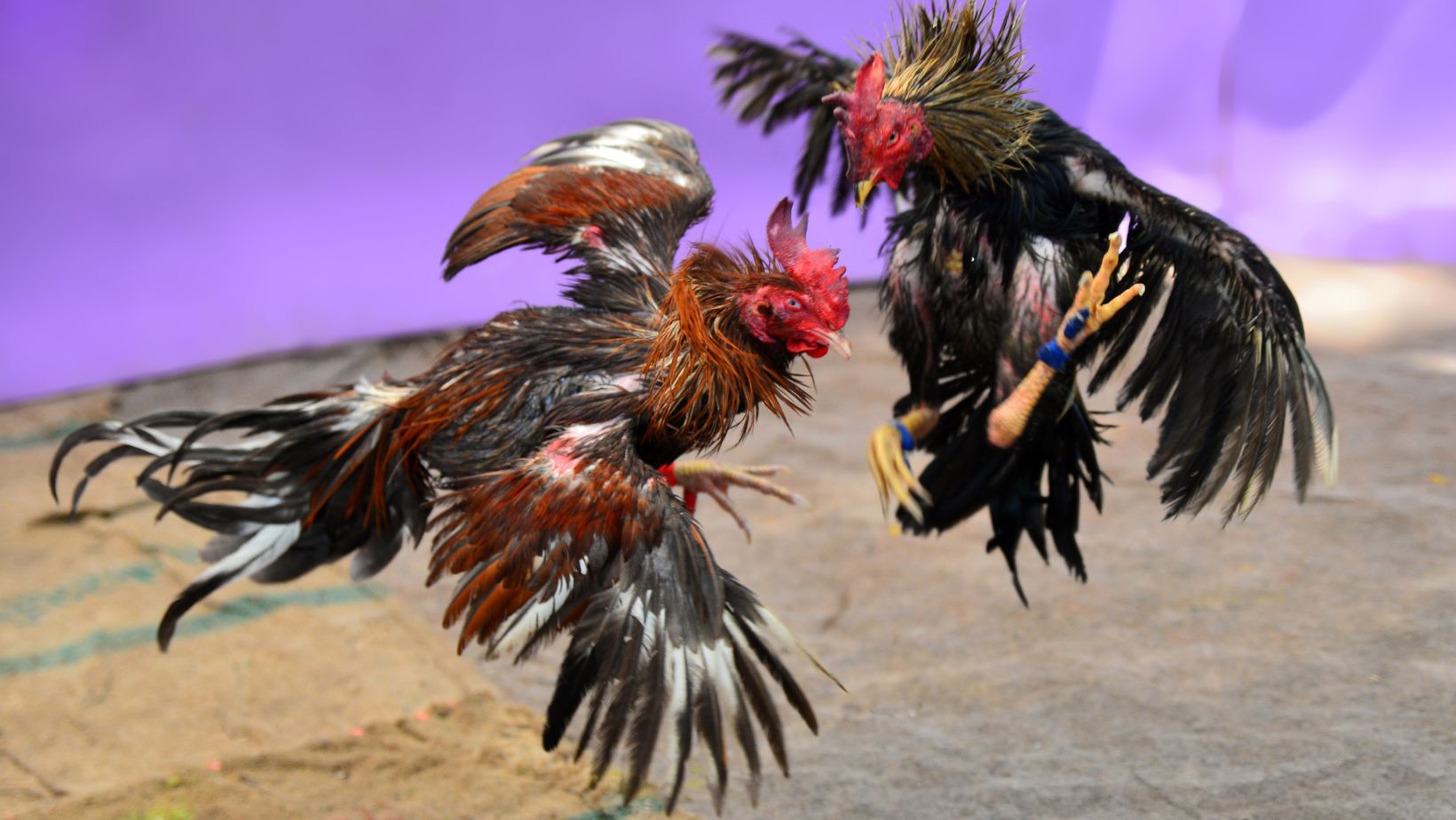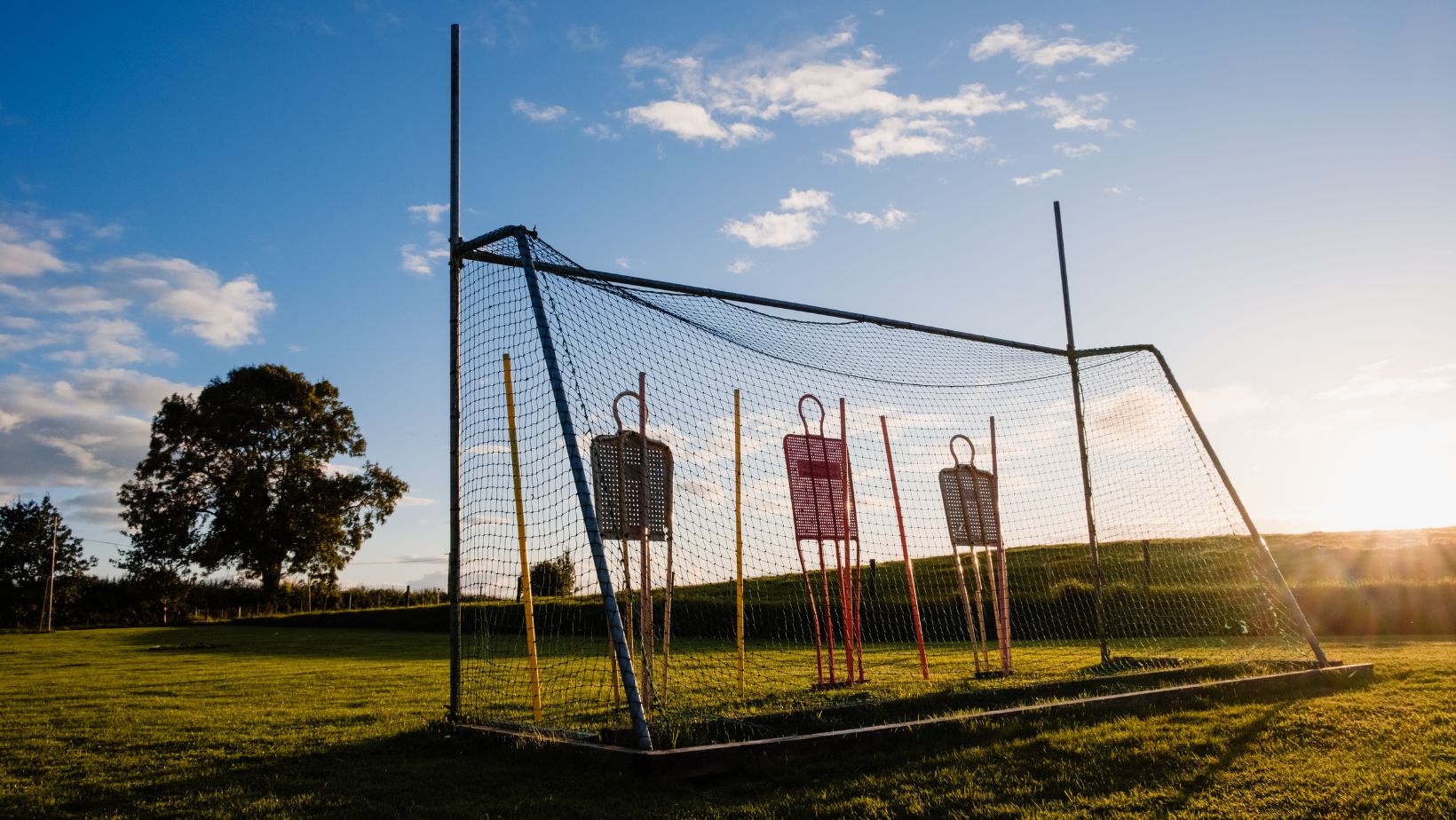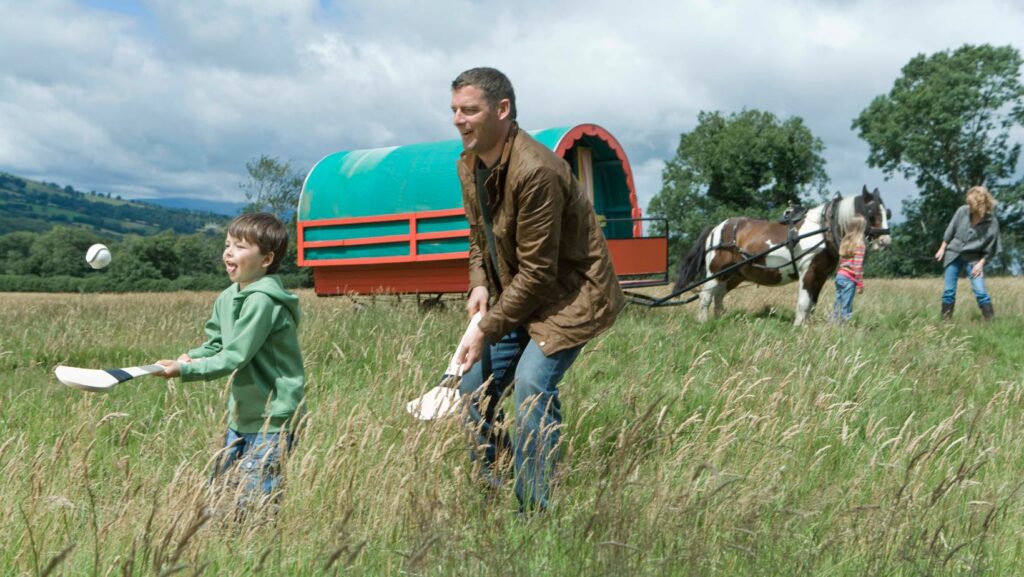
Sports have always been more than just games; they’re a vibrant expression of culture, history, and identity. Across the globe, cultural sports offer a unique window into the values, traditions, and communal spirit of societies. From the ancient prowess displayed in Greece’s Olympic Games to the fierce competitions of the Māori people in New Zealand, these activities go beyond physical prowess, embedding themselves into the fabric of cultural heritage.
As the world becomes increasingly interconnected, the fascination with cultural sports has surged, inviting enthusiasts and curious minds alike to explore the rich tapestry of global traditions. These sports aren’t just about winning; they’re about storytelling, preserving history, and fostering a sense of belonging among communities. Through this exploration, we uncover the profound impact these games have on cultural identity and unity, revealing a world where play becomes a universal language.
Cultural Sports
The Definition of Cultural Sports

Cultural sports encompass traditional games and physical activities that originate from, and carry significance within, a particular culture or society. These sports often emerge from the customs, traditions, and historical practices of a community, acting as a living testament to its way of life. Unlike mainstream sports, cultural sports are deeply intertwined with the identity and heritage of their origin communities, offering an authentic glimpse into their values and societal norms. Examples of cultural sports include Sumo wrestling in Japan, Gaelic games in Ireland, and Kabaddi in the Indian subcontinent, each reflecting the distinct history and culture from which they originated.
The Significance in Global Culture
Cultural sports play a pivotal role in the global cultural landscape, serving as bridges that connect diverse communities through the universal language of play. They provide a platform for cultural exchange, allowing people to appreciate the diversity and richness of human traditions. The significance of cultural sports in global culture extends beyond mere entertainment; they foster mutual respect, understanding, and peace among different cultural groups. As these sports gain international recognition, they contribute to a global dialogue that celebrates cultural uniqueness while recognizing shared human values. This growing interest in cultural sports enhances cultural preservation and promotes a more inclusive understanding of global heritage, making them invaluable to fostering global unity and cultural diversity.
Popular Cultural Sports Around the Globe
Sumo Wrestling in Japan

Sumo Wrestling stands as a quintessential Japanese sport, deeply ingrained in the country’s culture and history. Originating in the Shinto religion, it serves not only as a competitive sport but also as a ritualistic performance that honors the spirit of Japanese tradition. Sumo dates back to the 8th century, making it one of Japan’s oldest sports, and it retains much of its traditional ceremonial aspects to this day. Matches take place in a dohyo, a circular ring, where two wrestlers (rikishi) aim to force each other out of the ring or make any part of the opponent’s body, other than the soles of the feet, touch the ground. Beyond the physical clash, Sumo is rich in rituals such as the sacred salt purification before each bout, reflecting its Shinto origins. This sport not only serves as a competitive and entertainment spectacle but also promotes values like respect, honor, and perseverance among the Japanese people.
Gaelic Games in Ireland
Gaelic Games, encompassing Gaelic football, hurling, camogie (women’s hurling), and handball, are an integral part of Ireland’s cultural identity. These games are governed by the Gaelic Athletic Association (GAA), established in 1884 with the aim of preserving Ireland’s indigenous sports. Gaelic football and hurling, in particular, are steeped in history and local tradition, with roots tracing back thousands of years. Gaelic football, often described as a mix between soccer and rugby, is played on a rectangular field with H-shaped goals at each end, where teams score by either kicking or punching the ball into the opposing team’s net or over the crossbar. Hurling, one of the world’s fastest field sports, involves teams using a wooden stick (hurley) to hit a small ball (sliotar) between the opponents’ goalposts.

